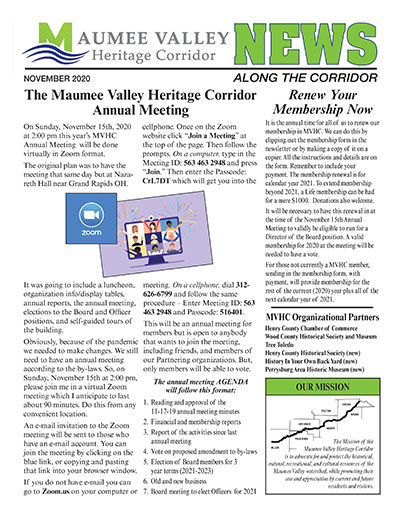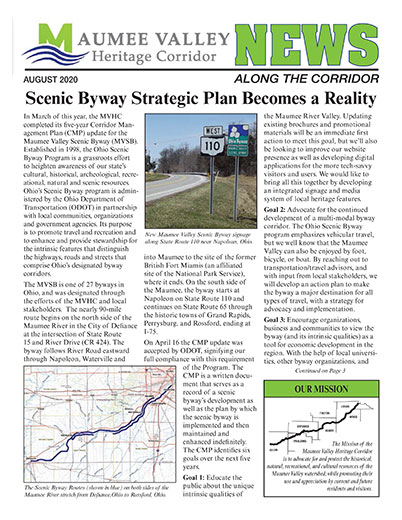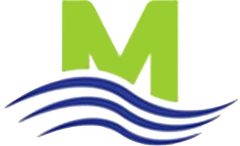
November 2020
Highlights
- The Ohio’s Scenic Rivers Program Presentation by Christina Kuchle (ODNR)
- NEEDED: Board Members & Officers
- “Welcome!” to the Newest Partners of MVHC
- Annual Meeting, Board Meetings, and Elections
- Ohio Counties Celebrate Bicentennials in 2020 by Willis Beck

July 2020
Highlights
- Scenic Byway Strategic Plan Becomes a Reality
- Reciprocal Organizational Partnership Program Launched
- Upcoming MVHC Meetings are Open to the Public
- The MVHC Website is Back online
- Historic Columbian House Gets a Facelift!
- TMACOG 2020 Legislative Summer Caucus
- MVHC 2019 Financial Statement and 2020 Budget

